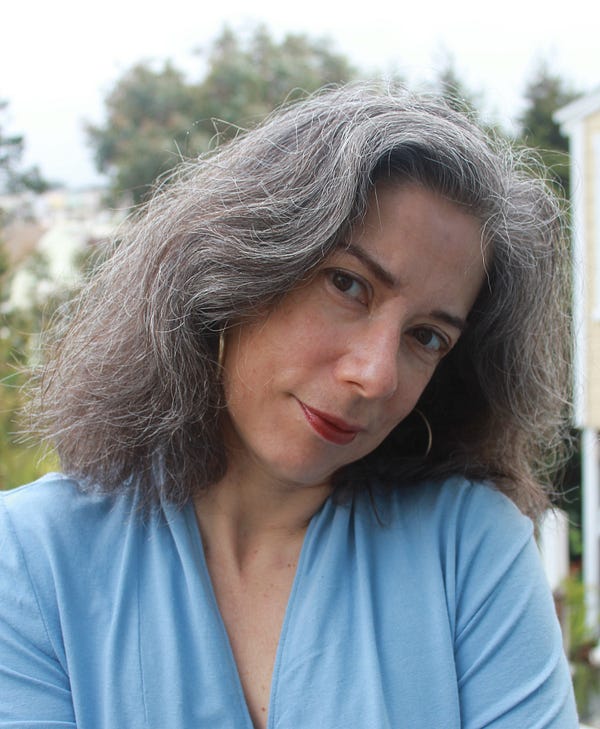Differences in healing pre- and post-pandemic.
“I felt a sense of creeping dread, made worse by the feeling that I could not run away.”

My last essay for Broad Street told of my trip to Rio de Janeiro, Brazil, when I broke my foot. On that trip to my birthplace, I wanted to prove my ability to hobble with crutches on the mosaic sidewalks of Copacabana. I ruminated on the lack of disability access existing side by side with Brazil’s “body beautiful” culture. I chatted with curious taxi drivers and vendors at the beach, making jokes about my adorable clumsiness.
When I returned to the U.S., I shed the crutches, walked, with a CAM boot and swam in a public pool. My healing time was about a month. Thus ended the happy tale of Broken Foot #1.
Fast-forward to the unsettling tale of Broken Foot #2. In Los Angeles of this year, January 4th, I was on my morning run and a block away from Wilshire Boulevard when I tripped and broke my other foot. Today, I am in my fourth month of healing, again in a CAM boot. I have been a semi-shut-in since January. In the wake of COVID-19, this fate may be saving my life.
I started the spring semester teaching in a cast and knee scooter. When my community college was still in session, I taught my face-to-face classes, came home about noon to get a parking place on one of the few level streets in my hilly San Francisco neighborhood, and worked on my online class until dinner. I did one big and painful shopping trip for food I could stuff in the freezer and cook on one leg, mainly stir-fry fixings: tofu, chicken strips, shrimp, and plenty of brown rice. Some of that food, thankfully, is still available. In February, on my husband’s birthday, we went to a small bistro and I decided to use my crutches—but not before trying to hop from street to curb and doing a face-plant on the hood of a parked luxury car. I decided to leave any further dining-out adventures for when I healed.
“In contrast to the breezy story of Broken Foot #1, the story of Broken Foot #2 is somber.”
As I followed the news of COVID-19, I felt a sense of creeping dread, made worse by the feeling that I could not run away. I was diligent about face masks long before they were recommended by the CDC. I practically fainted from nervousness when I went into Kaiser Medical Center to remove my cast.
Driving home from the appointment, my husband and I nixed dropping in on a hamburger joint when we saw too many people scrunched up in line. My cockiness over Broken Foot #1 was replaced, in Broken Foot #2, by an overwhelming sense of vulnerability, fearing not only for myself and my family, but for my students, my community, and the world. Whereas my original goal for getting my foot working was to fit into my skinny jeans and tobuy red high tops, now, I will now be thankful that I can stand in line in my mask and CAM boot to get the groceries I need. I will be thankful if I can get enough classes to teach in the fall with so many of students out of work or who are risking their lives as grocery store clerks. I will be thankful to survive. In contrast to the breezy story of Broken Foot #1, the story of Broken Foot #2 is somber.
I was always disturbed by the Pied Piper of Hamlin tale, which I learned later, arose from the bubonic plague. With his magic flute, the Pied Piper drove out the rats of the village, and when the citizens refused to pay him, he drove out the children with the same enticement. A small boy on crutches was left behind because he couldn’t run fast enough to chase the music. As a child, when I heard this story, I thought of tragedy as being an only child in a town of bereft parents. When I think of that story now, I think of how those who remain will always be looking over the hills, trying to follow what is gone.
************************************************************
Kathleen de Azevedo’s nonfiction has appeared in many publications, including the Los Angeles Times, Amèricas, North Dakota Quarterly, Under the Sun, Catamaran, and Hotel Amerika, and more work is forthcoming in Weber: The Contemporary West. Her essay in Broad Street, “Broken Wings of Paradise,” was nominated for a Pushcart Prize. Her fiction has been published in magazines such as Gettysburg Review and Boston Review. Her novel about Brazilian immigrants in Hollywood, Samba Dreamers, won the 2006 PEN Oakland Josephine Miles Award, given to work exploring diversity and human rights issues.









